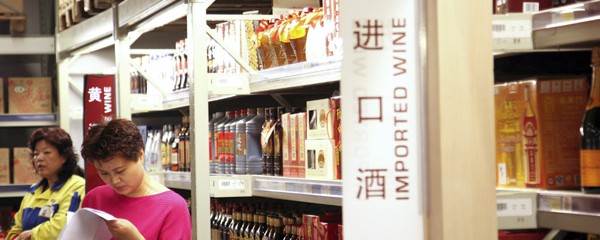11
Jan 2012
Tariff Implementation 2012 in China
China’s Ministry of Finance recently published the “Tariff Implementation Plan 2012 (shuiweihui [2011] No.27),” where it clarified both import and export tariffs on specific products for next year.
Over 700 types of products will be able to enjoy temporary tariff rates, most of which are lower than the most-favored-nation (MFN) tariff rates.
According to the new Plan,
– The MFN import tariff rates will remain unchanged
– 52 types of products – including a wide range of photo-sensitive materials – will be subject to specific duties and compound duties
– Tariff-rate quotas will be applied to the import of eight types of products – wheat, corns, rice, sugar, wool, tops, cotton and fertilizer. It is also worth noting that:
1) Cotton imports above the quota’s quantitative threshold will continue facing sliding duties, which vary in accordance with cotton prices after tax. According to the sliding duty formula specified in Appendix II of the Plan, cotton imported at prices lower than RMB14 per kilogram will be subject to relatively higher duties
2) The import of three types of fertilizer under the quota portion – including the import of urea, compound fertilizer and diammonium phosphate – will still be subject to the temporary tariff rate of 1 percent
– Nine types of information technology products will still have to pass customs verification before enjoying lower tariff rates
Temporary import tariffs
According to Appendix IV of the Plan, temporary import tariffs will be imposed on 737 items in 2012. For example, import of fuel oils No. 5-7 will be subject to a temporary tariff of 1 percent, compared to its MFN tariff of 6 percent; import of skin care products will be subject to a temporary tariff of 5 percent, compared to its MFN tariff of 6.5 percent; import of digital cameras and their components will be subject to a temporary tariff of 2 percent, compared to its MFN tariff of 12 percent.
Conventional import tariffs
According to Appendix III and Appendix V of the Plan, conventional import tariffs will be imposed on the products imported from those countries and areas that have signed trade agreements or preferential tariff agreements with China. Specifically:
– 1,860 items produced in South Korea, India, Sri Lanka, Bengal and Laos will still be subject to the conventional tariff rates under the Asia-Pacific Trade Agreement
– Certain items produced in Brunei, Indonesia, Malaysia, Singapore, Thailand, Philippines, Vietnam, Myanmar, Laos and Cambodia will still be subject to the conventional tariff rates under the China-ASEAN free trade agreement (FTA)
– 7,265 items produced in Chile will still be subject to the conventional tariff rates under the China-Chile FTA
– 6,466 items produced in Pakistan will still be subject to the conventional tariff rates under the China-Pakistan FTA
– 7,276 items produced in New Zealand will still be subject to the conventional tariff rates under the China-New Zealand FTA
– 2,766 items produced in Singapore will still be subject to the conventional tariff rates under the China-Singapore FTA
– 7,042 items produced in Peru will still be subject to the conventional tariff rates under the China-Peru FTA
– 7,239 items produced in Costa Rica will still be subject to the conventional tariff rates under the China-Costa Rica FTA
– 1,734 items produced in Hong Kong that meet related rules of origin will enjoy zero tariff
– 1,259 items produced in Macau that meet related rules of origin will enjoy zero tariff
– 608 items produced in Taiwan will still be subject to the conventional tariff rates under the Early Harvest Program for the Cross-straits Economic Cooperation Framework Agreement
– Favorable tariffs will be imposed on imported goods from 40 least-developed countries, including Ethiopia, Benin, Burundi, Eritrea, Djibouti, Congo, Guinea Bissau, Comoros, Liberia, Madagascar, Mali, Malawi, Mauritania, Mozambique, Rwanda, Sierra Leone, Sudan, Tanzania, Togo, Uganda, Zambia, Lesotho, Chad, Central Africa, Afghanistan, Bangladesh, Nepal, East Timor, Yemen, Samoa, Vanuatu, Equatorial Guinea, Angola, Senegal, Niger, Somalia, Laos, Myanmar and Cambodia
Export tariffs
The export tariff rates in the “Export Tax Code” remain unchanged. The export of some goods – such as ferrochrome – will be subject to temporary export tariffs of 2012. The export of several types of fertilizer during the peak seasons of the year will be subject to special export tariffs with a much higher rate of 75 percent.
The Plan will take effect on January 1, 2012.
– See more at: http://www.sbeintl.com/































